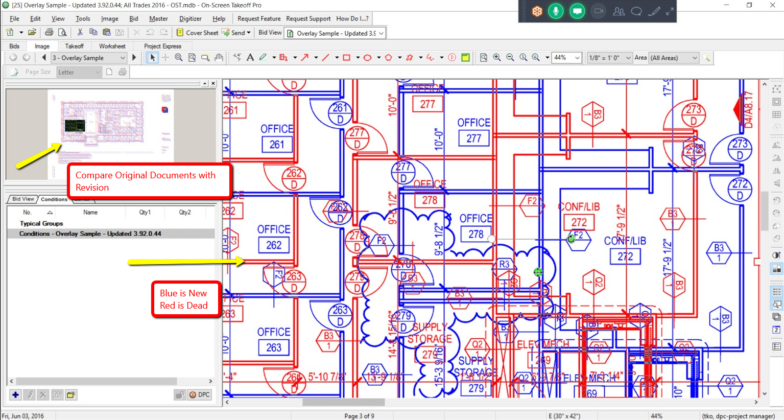Today’s construction estimators are using a variety of technologies to perform takeoff and create bids. The days of paper plans piling up on desks and in dedicated storage rooms are finally starting to taper off with the rise and evolution of the digital age.

We’ve asked the question, “What tools and technologies do you use today that you couldn’t live without?” Here are the top five technologies considered must-have to do estimating right.
Electronic Takeoff
Today’s estimator can NOT effectively live without an electronic takeoff solution. With the volume of estimates that the estimator is charged with preparing and submitting, it doesn’t make sense to try and manage it manually. It’s error prone and burdensome to stay organized. The key to today’s takeoff is the ability to quickly gauge the scope of work required for a trade via the takeoff functions in computer-based systems. This allows today’s estimator to ‘crank’ out the quantity of estimates required along with the accuracy mandated. This kind of solution also provides the estimator the ability to spend more time thinking through the intricacies of your scope or as a GC being more knowledgeable about your subcontractors’ packages.
Electronic Bidding/Estimate Preparation Software Package
Today’s estimator not only needs the efficiency and accuracy provided by electronic takeoff, they also need to pair the takeoff with computer-based estimating products. Paper and Excel are a thing of the past. Newer bidding systems should automatically incorporate and sync with the takeoff software, so there is a seamless connection of the quantity to labor assignments, recap sheets with the ability to tally, re-tally and perform what-if scenarios, within minutes of bid due time. Today’s estimating program allows quick changes to scope, adjustments on the fly with regard to adding things at the last minute, adjusting labor rates either throughout the entire bid or just a lump adjusting percentage.
Bidding Management/eMail
eMail by itself is almost the “old way” to communicate with prospective bidders, clients, and architects. Today’s estimating department needs to use the latest systems of bid solicitation software. This software operates at a minimum as a CRM, as well as tracking current and potential future bidding opportunities. However, its main purpose is to manage the outgoing RFPs, ITBs, etc. and the responses to these requests. Solutions such as iSqFt provide this type of solution.
Electronic Job Costing
Although the estimator normally does not touch or enter much into this system, they must be familiar with this system, how their company uses the system, how to retrieve reports from the system to back check and update unit prices. The method to coordinate with accounting has evolved way past just hollering down the hallway. The estimator uses job costing to keep up to date on labor rates, and to confirm whether materials are being purchased for what the bid, and to review tax rates.
Electronic, Computer-Aided Scheduling
Estimators don’t do schedules. Wrong! Today’s estimator must have more than basics prowess when dealing with construction schedules. In the past, the estimator would ask the PM for a schedule. However, today’s estimator has been trained on scheduling and provides some input into the bid schedule. Having knowledge and access to scheduling is key to preparing a fully functional and effective bid. Being able to chart out and plan a project where a main piece of material might not be able to be delivered until after a critical junction will be a key factor to assist the bidding team and show the client why they are smarter than the competition.

